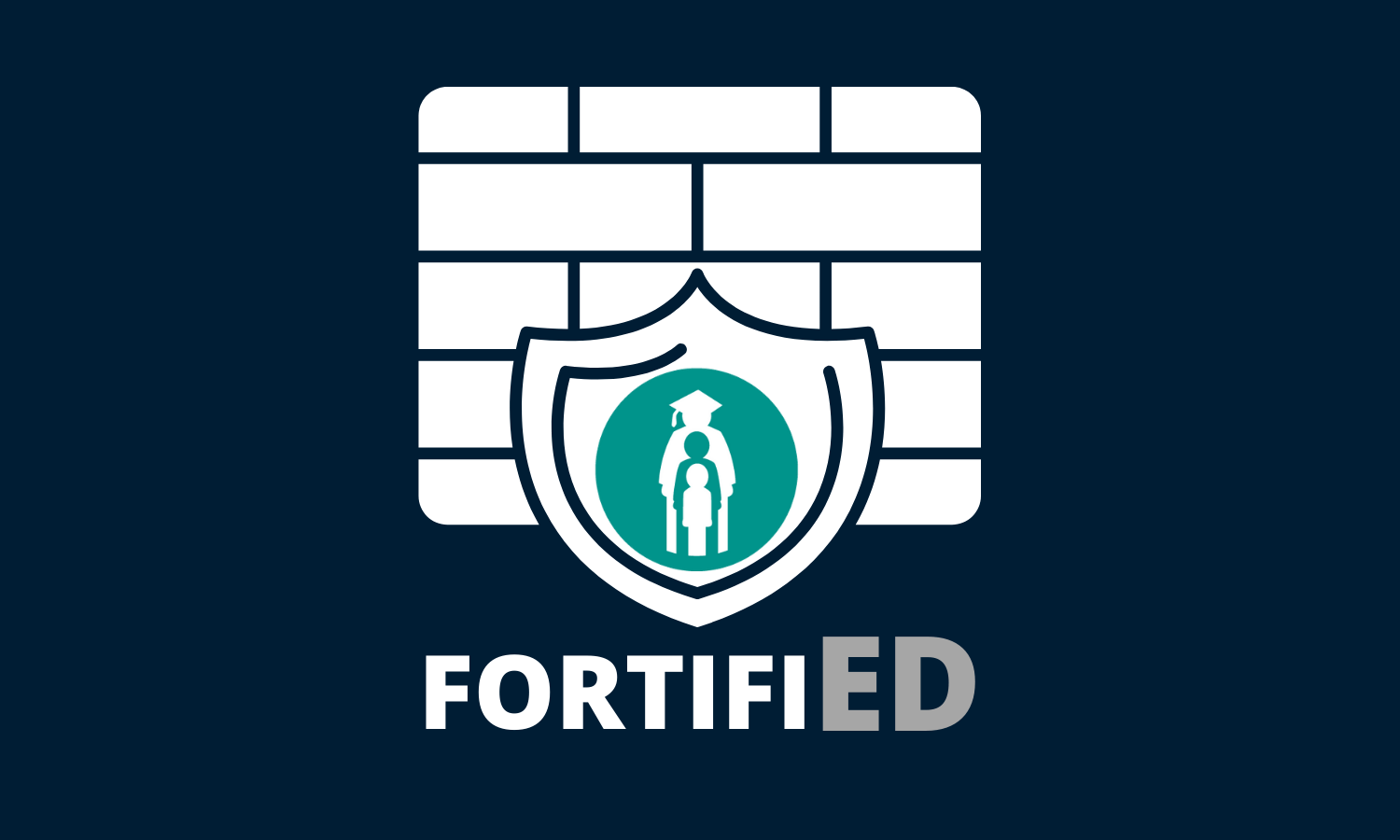Our lives are intertwined with technology more than ever before. From social media to online banking, we rely on the internet for almost everything. Everything!!! But with convenience comes risks, and one of the scariest possibilities is being hacked. Whether it’s your social media accounts, email, or even your bank account, discovering that you’ve been hacked can be a nerve-wracking experience. But fear not because there are steps you can take to regain control and protect yourself from further harm.
Stay Calm: The first and most important thing to do if you suspect you’ve been hacked is to stay calm. Panicking won’t help the situation and might worsen things by clouding your judgment. Take a deep breath and focus on addressing the issue step by step.
Change Your Passwords: If you can still access your accounts, change your passwords immediately. Make sure to use strong, unique passwords for each account, consisting of a combination of letters, numbers, and symbols. This will make it harder for hackers to gain access again. Make this the first thing you do.
Enable Two-Factor Authentication (2FA): Two-factor authentication adds an extra layer of security to your accounts by requiring a second form of verification, such as a code sent to your phone and your password. Enable 2FA wherever possible to further safeguard your accounts.
Check for Suspicious Activity: Take some time to review your account activity and look for any signs of unauthorized access. This could include unfamiliar logins, messages you didn’t send, or purchases you didn’t make. If you notice anything unusual, report it immediately.
Update Your Software: Hackers often exploit vulnerabilities in outdated software to gain access to devices and accounts. Ensure all your devices and apps are updated with the latest security patches and updates. That phone update at 2 a.m. can make a huge difference!
Scan for Malware: If you know how, have you or your parents run a full antivirus scan on your devices to check for any malicious software that may have been installed without your knowledge. If you find any suspicious files or programs, quarantine or remove them immediately.
Secure Your Devices: Take steps to secure your devices against future attacks. This may include installing reputable antivirus software, using a firewall, or simply being cautious about the links you click on and the files you download. Only download from sources you trust.
Report the Hack: If you believe your personal information is compromised, report the hack to the relevant authorities. This may include your school’s IT department, social media platform, or local law enforcement.
Monitor Your Accounts: Keep a close eye on your accounts for any further signs of suspicious activity. Set up alerts for unusual login attempts or transactions, and act quickly if you notice anything unusual.
Educate Yourself: Finally, take this experience as an opportunity to educate yourself about cybersecurity. Learn about common hacking techniques, how to spot phishing attempts and best practices for protecting your personal information online.
Remember, being hacked does not reflect you, your intelligence, or your tech-savviness. Hackers constantly evolve their tactics, and anyone can fall victim to their schemes. By staying vigilant and taking proactive steps to protect yourself, you can minimize the risk of future attacks and enjoy a safer online experience.
GG,
-Pete

